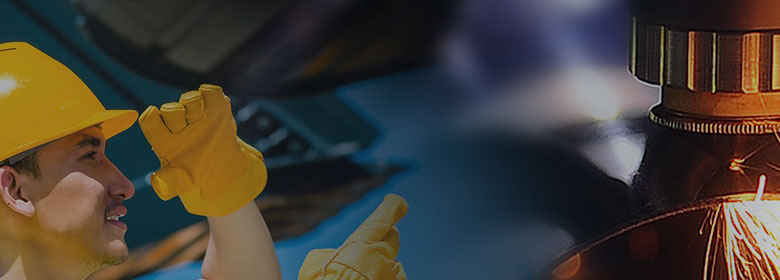




The magnetic separation achieves the sorting process relying on the effect of magnetic force and mechanical force on ore particles in the magnetic field of magnetic separator. The ore particles with different magnetism move along different trajectories, thus being sorted into two or more separate minerals. According to the status of materials, the magnetic separator can be divided into wet magnetic separator and dry magnetic separator. Then what's the difference of these two types? How buyers choose?
.jpg)
Wet magnetic separator is suitable for the following applications:
a. Roughing of lean iron ore after coarse or medium crushing.
b. Sorting of not fully restored raw ore in closed-circuit reduction roasting operations of hematite
c. Iron removing in ceramics industry, burning coal, foundry sand, refractory materials and other industries.
In the other aspect, wet magnetic separation is more suitable for regions with abundant water, while wet magnetic separator is fit for drought, little rain and water shortage regions.
Wet magnetic separator can be used to select manganese ore, limonite, hematite, Siderite, chromite, tantalum-niobium iron ore, solitary stone and so on. Dry-type magnetic separator is mainly used to recover ore from waste rock, separate ore from the interlayer mountain and eliminate the stone, thus improving the purity of the ore.
The magnetic angle of the wet magnetic separator is between 120-140 degrees, and the magnetic angle of the dry magnetic separator is between 180-190 degrees. Of course, the above differences can not help you to choose the right magnetic separator equipment accurately. Choosing suitable magnetic separator can enhance the beneficiation effect, so the selection of magnetic separator is extremely important. In actual production, we should select the equipment based on the mineral processing test indicators in order to ensure the effect of beneficiation
